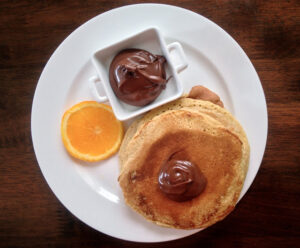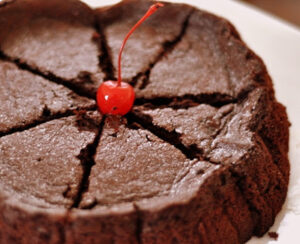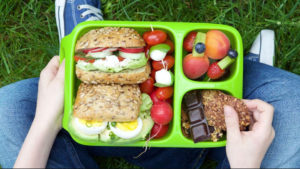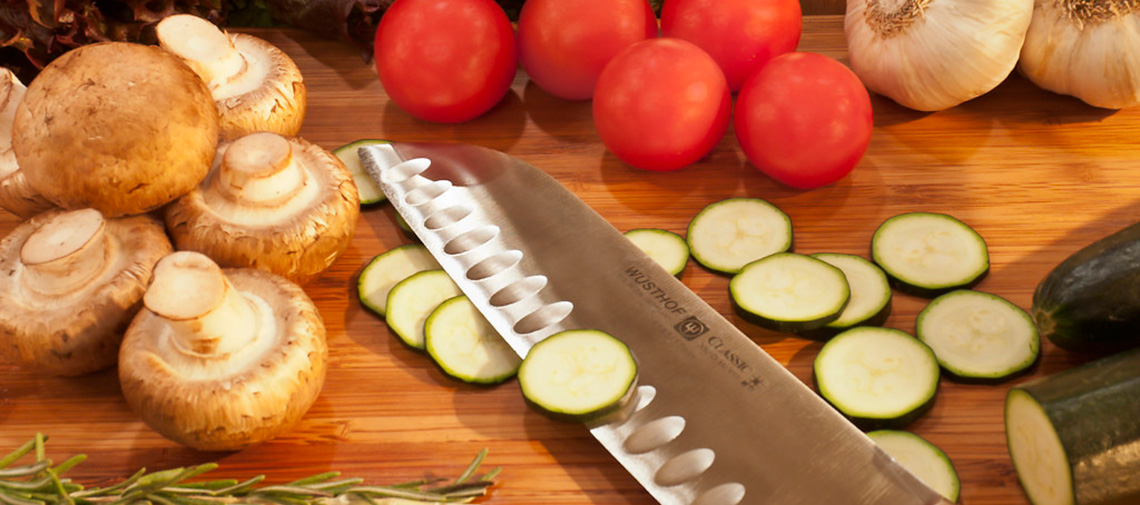
So you’ve got your recipe book on the counter, your chopping board ready and your knives at hand. The recipe calls for you to julienne the carrots and you’re perplexed.
Here is a handy guide that will look after your chopping needs. For many of these methods, the knife you use depends entirely on what type of food you are cutting. But remember – it’s okay to use what you feel most comfortable with for different tasks.
Bias slice:
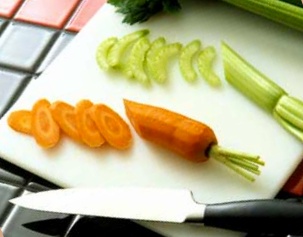
This is used to slice food, usually vegetables, crosswise at a 45-degree angle. This is most often used when preparing oriental dishes.
Boning:
This is the process used to debone meat such as chicken or prime rib using a boning knife.
Butterfly:
To split meat almost entirely in half with a knife without completely separating it and then spreading it apart to resemble a butterfly. This is commonly done to shrimp.
Carve:
To cut or slice cooked meat, poultry, fish or game into serving size pieces using a carving knife
Chop:
To cut food into small pieces.
Coring:
This is the process of removing a core or the center from a fruit or vegetable using a small knife, usually a paring knife.
Cube:
To cut food into cubes. A recipe would specify the size needed.
Dice:
To cut into cubes usually about 1/8”-1/4” on all sides although this may vary with the recipe.
Filet:
To de-bone a piece of meat.
Flute:
To make a decorative pattern or impression in food like in a piecrust.
Julienne:
To cut into long, thin strips about the width and length of a match.
Mince:
To chop food into very small uneven pieces.
Pare:
To remove the skin or outer covering of a fruit or vegetable using a paring knife.
Peel:
This is very close to paring. Because of its small size, the knife is very maneuverable enabling you to peel the skin off of a fruit or vegetable.
Quarter:
To cut something into four even pieces.
Score:
To make shallow, even cuts in the surface of food. This can be done for decorative purposes or to insert seasonings or marinade into meat to tenderize it.
Section:
The process of removing the peel and membrane from citrus fruit.
Shredding:
A knife can be used for this task. For example if you were to shred cabbage, you would “julienne” it.
Slice:
To cut food into flat pieces of the same size.
Trimming:
This process can be used to cut away fat on meat.
